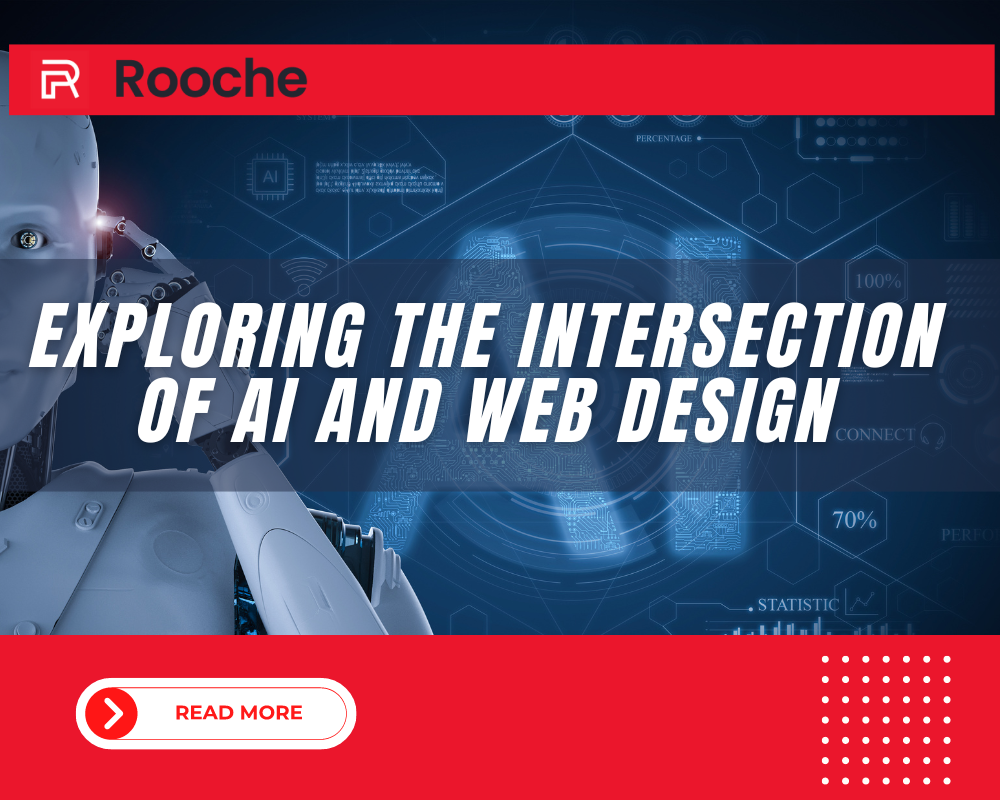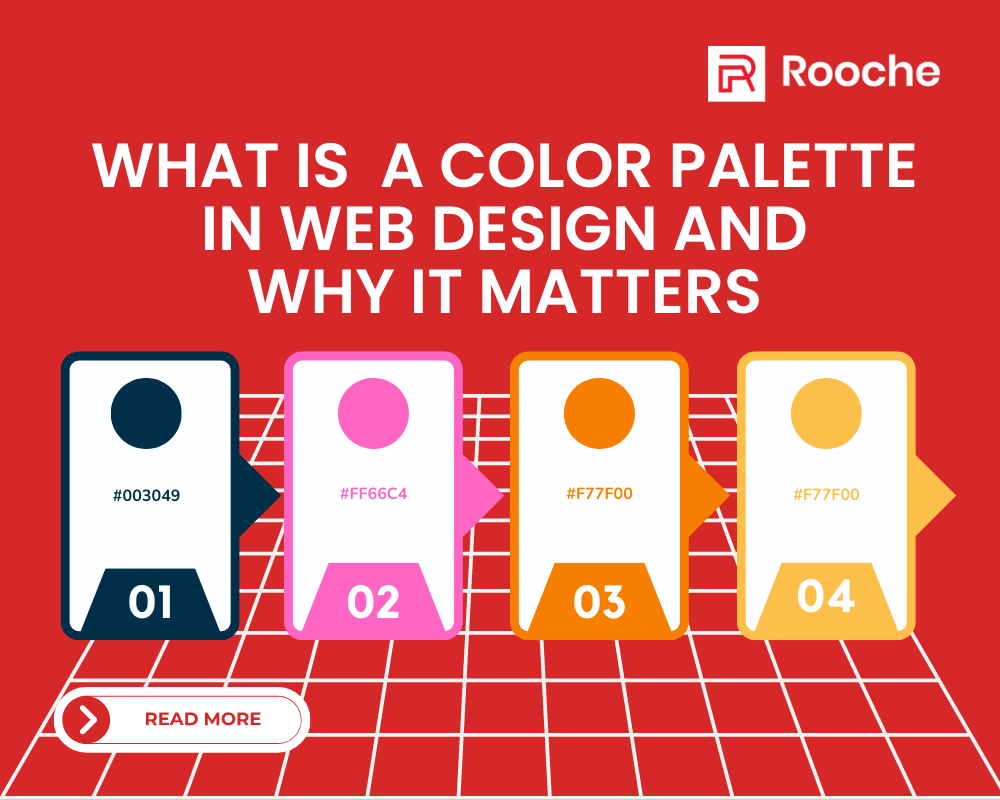The Future of Education with Mobile App and Cloud-based Services
The future of education is here, and it will be a game-changer. The days of lugging around heavy textbooks or […]
Dec 8, 2022
Mar 23, 2023

Artificial intelligence (AI) is transforming industries around the world, and web design is no exception. In recent years, the intersection of AI and web design has become increasingly important, as businesses look for new ways to create more personalized, engaging, and effective websites. So how exactly is AI impacting the field of web design, and what does the future hold? Let’s take a closer look.
Artificial Intelligence (AI) in web design refers to the use of machine learning and other AI technologies to create more effective, engaging, and personalized websites. AI can be used to analyze user behavior and preferences, automate certain tasks and processes, and improve accessibility, among other things. In web design, AI is typically used to create more intelligent and responsive websites that are better suited to the needs of individual users.
One of the key benefits of AI in web design is the ability to create more personalized experiences for users. By analyzing user data, AI algorithms can help designers tailor content, design elements, and recommendations to individual users based on their interests, behaviors, and preferences. This can help to improve engagement, conversions, and overall user satisfaction.
Another way that AI is impacting web design is through automation. By automating certain tasks and processes, such as image optimization, code generation, and content creation, designers can save time and resources while ensuring greater accuracy and consistency. This can help to speed up the design and development process and enable designers to focus on more strategic, high-level tasks.
AI is also playing a role in improving accessibility in web design. By analyzing user behavior and preferences, AI algorithms can help designers to create more inclusive and accessible websites, with features such as text-to-speech, closed captioning, and color contrast optimization. This can help to ensure that websites are accessible to users of all abilities and disabilities.
AI is also enabling designers to use predictive analytics to better understand user behavior and anticipate future trends. By analyzing user data, AI algorithms can help designers to identify patterns, preferences, and areas for improvement, allowing them to make data-driven design decisions that are more likely to resonate with users and drive positive outcomes.
Finally, AI is playing an increasingly important role in the use of chatbots on websites. Chatbots are computer programs that simulate human conversation, and they are becoming more and more prevalent as a way to provide instant customer service, answer questions, and resolve issues. By using AI algorithms, chatbots can be trained to understand natural language and respond in a way that is helpful and relevant to users.
So what does the future hold for the intersection of AI and web design? Here are a few key trends to watch:
As AI technology continues to evolve and improve, we can expect to see even greater automation in web design. This could include everything from fully automated website creation to advanced content optimization and personalization.
As AI algorithms become more sophisticated and capable of analyzing more complex user data, designers will be able to create even more personalized and intuitive user experiences. This could lead to greater engagement, loyalty, and overall satisfaction among users.
As more tools and platforms become available for incorporating AI into web design, we can expect to see greater integration and interoperability between different systems. This could make it easier for designers to use AI to its fullest potential and create even more impactful websites.
In conclusion, the intersection of AI and web design is a rapidly evolving field with significant implications for the future of web development. By using AI to personalize experiences, automate tasks, improve accessibility, and analyze data, designers can create more engaging, effective, and inclusive websites. As AI technology continues to advance, we can expect to see even greater innovation and integration in the field of web design, leading to a more dynamic and user-centered web for years to come.

The future of education is here, and it will be a game-changer. The days of lugging around heavy textbooks or […]
Dec 8, 2022

A color palette is one of the essential tools in a web designer’s toolkit. A color palette can make or […]
Dec 8, 2022

For many business owners, the decision to use no-code or code when building their websites can be a difficult one. […]
Feb 2, 2023
Join our newsletter and be the first to receive future promo and sale updates from Rooche!